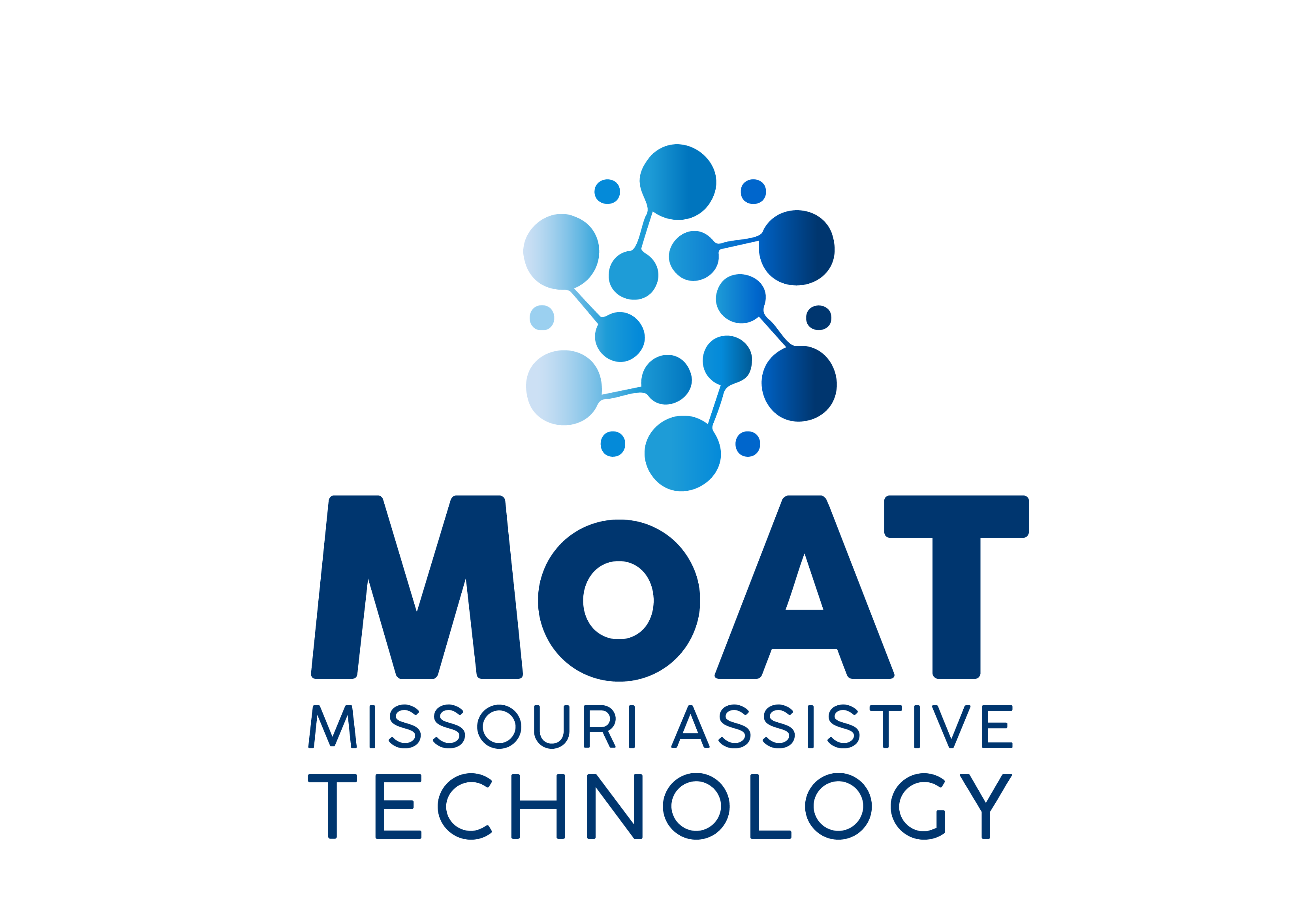When it comes to accessibility in multimedia, what are features you need to take into consideration?
To further your understanding of captioning:
the checklists provide reminders of the different components that make up accessible multimedia.
The key to accessible multimedia is to think about accessibility in the planning stage. What message are you attempting to convey? How is your choice of media the best means to convey this message? Finally, ask: what do we need to do to make this message fully accessible?
Answering these questions up front helps ensure that your multimedia is not only meaningful and useful, but that you’ve allocated appropriate resources to the activity or project. Failing to do so can significantly increase project time and costs.
Captioning – Open or Closed
There are a variety of ways to caption media, mostly depending on whether you’re working with a live event or a pre-recorded video, webinar, podcast, etc.
Options for captioning vary widely, and require special software and technical skills. Accuracy and quality are very important considerations. Depending on the media’s length, complexity, and visibility, you may decide it is best to hire a professional. It’s important to remember to include costs for captioning or audio description when planning a budget for your event or project.
For an overview and resources on closed-captioning, the following may help:
Live/Real-Time Transcription
Live Captioning – Missouri Options Excel Documents
Description (Audio or Video)
Description, often termed “audio description” or “video description” is the practice of providing verbal description of key visual information. In a live event such as a webinar or in-person presentation, often the speaker can provide the description. For recorded media, professional describers create a second sound track that editors then add to the media. Producers can choose to provide the description either through a button on the player (similar to the “cc” option for closed captions) or by offering two media links – one with and one without description. When planning your project, it is important to determine how you will support description, such as whether to hire a description service and how you will make the description available.
The following resources provide an overview and additional resources on description:
Text Transcript
There are a variety of situations in which you may want to provide a text transcript.
If there are visual elements, the text transcript should include a description of those elements.
While you may be tempted to ask someone in your office to transcribe the audio file, that can be impractical. A single hour of audio can run as much as 100 pages of text!
To find a professional transcriber, use the state contract search for court reporting services (type in keywords court reporting services)
If your meeting is supported by live captioning, or CART (communication access real-time translation), you can ask for a transcript as part of the deliverable.
Online Chat – Chatbots
Accessible UI for chatbots built on the Microsoft Azure platform.
Avoid using the embedded chat provided by the vendor (in this example, Microsoft) and use a UI, such as Fention below.
By learning the concepts in these videos, you’ll be able to design a bot that aligns with best practice web accessibility principles.
Fenton is an accessible UI which has been tested against WCAG 2.0 AA. The script is for bots developed on the Microsoft Bot Framework, the code uses the Directline channel API to communicate with the bot.

